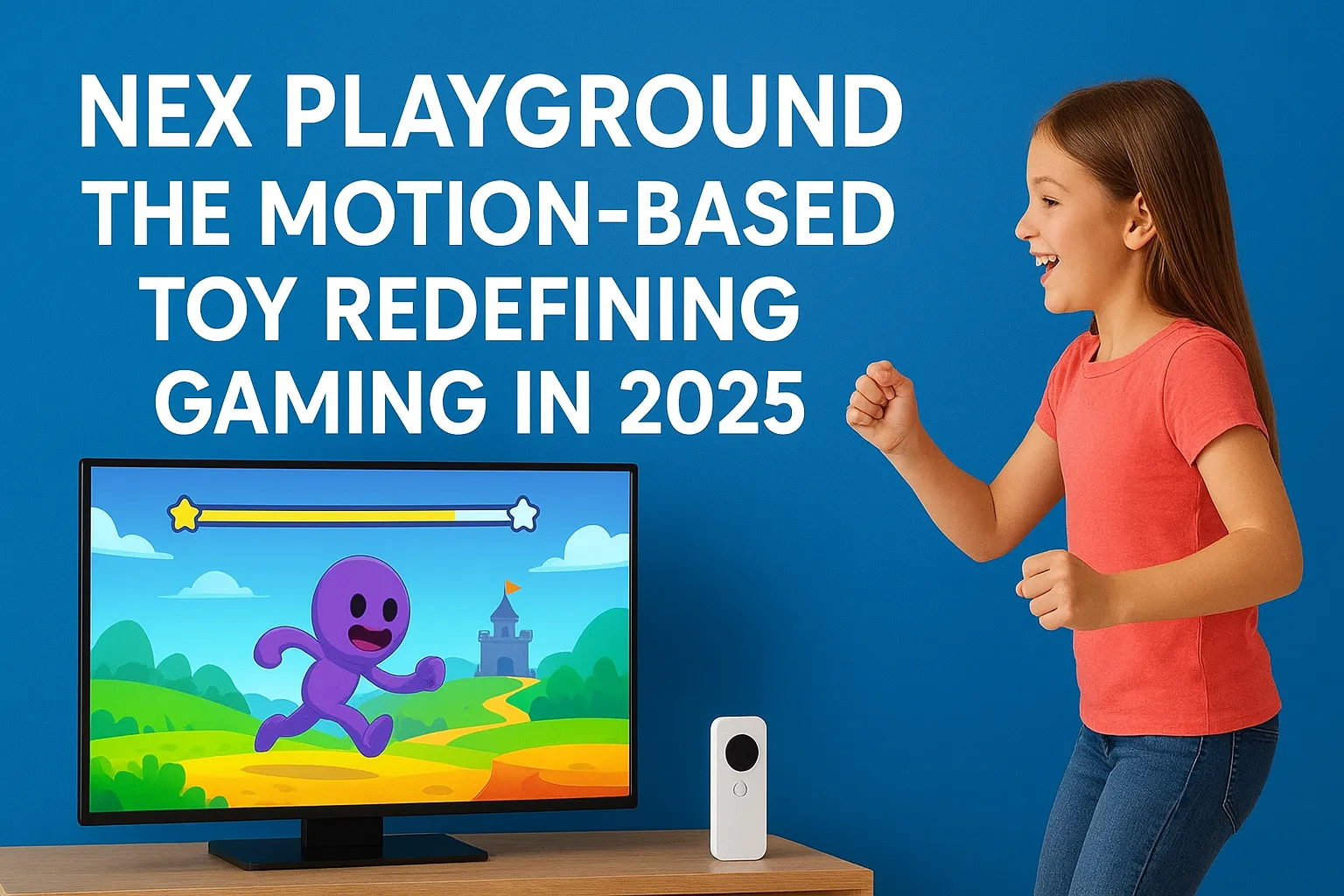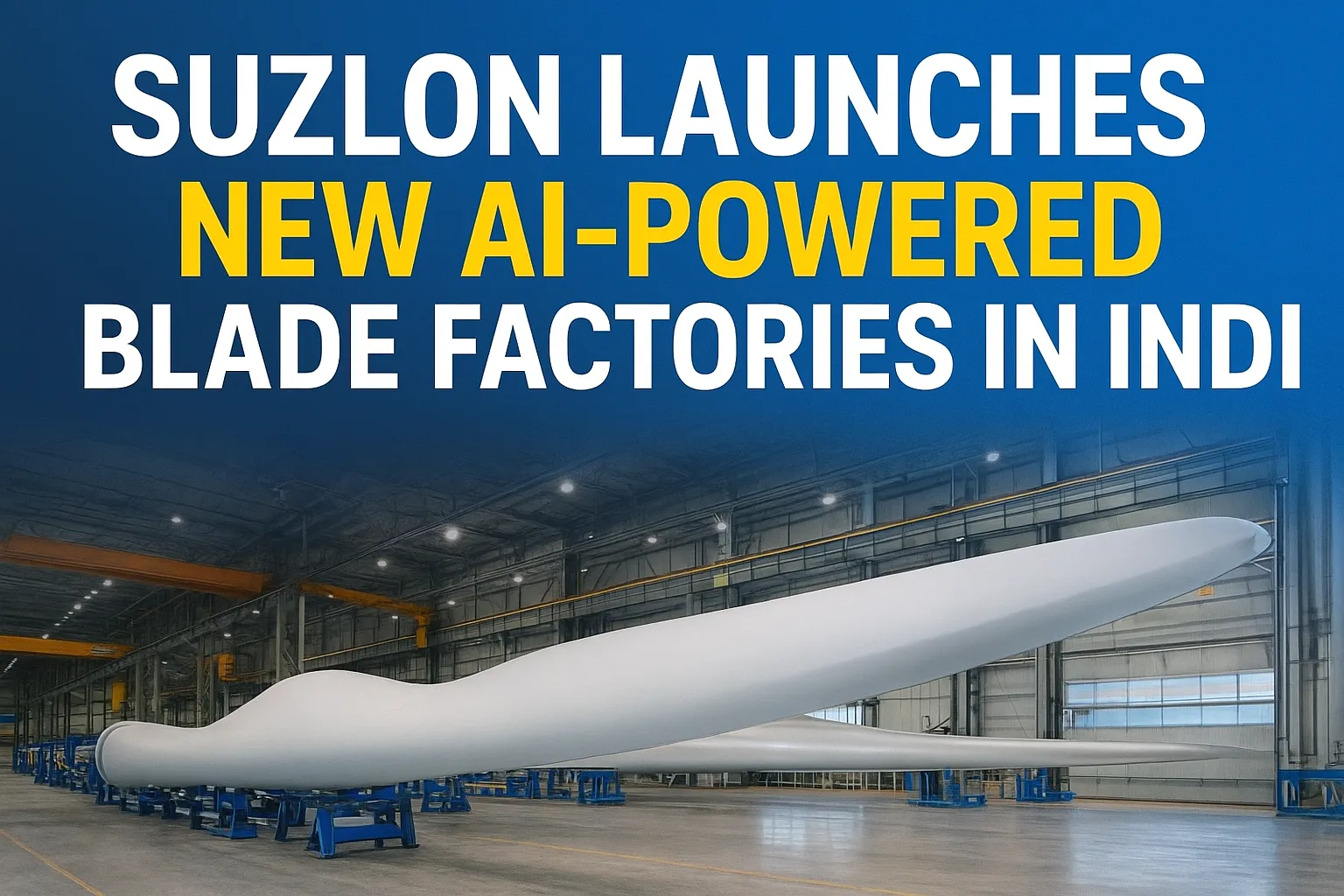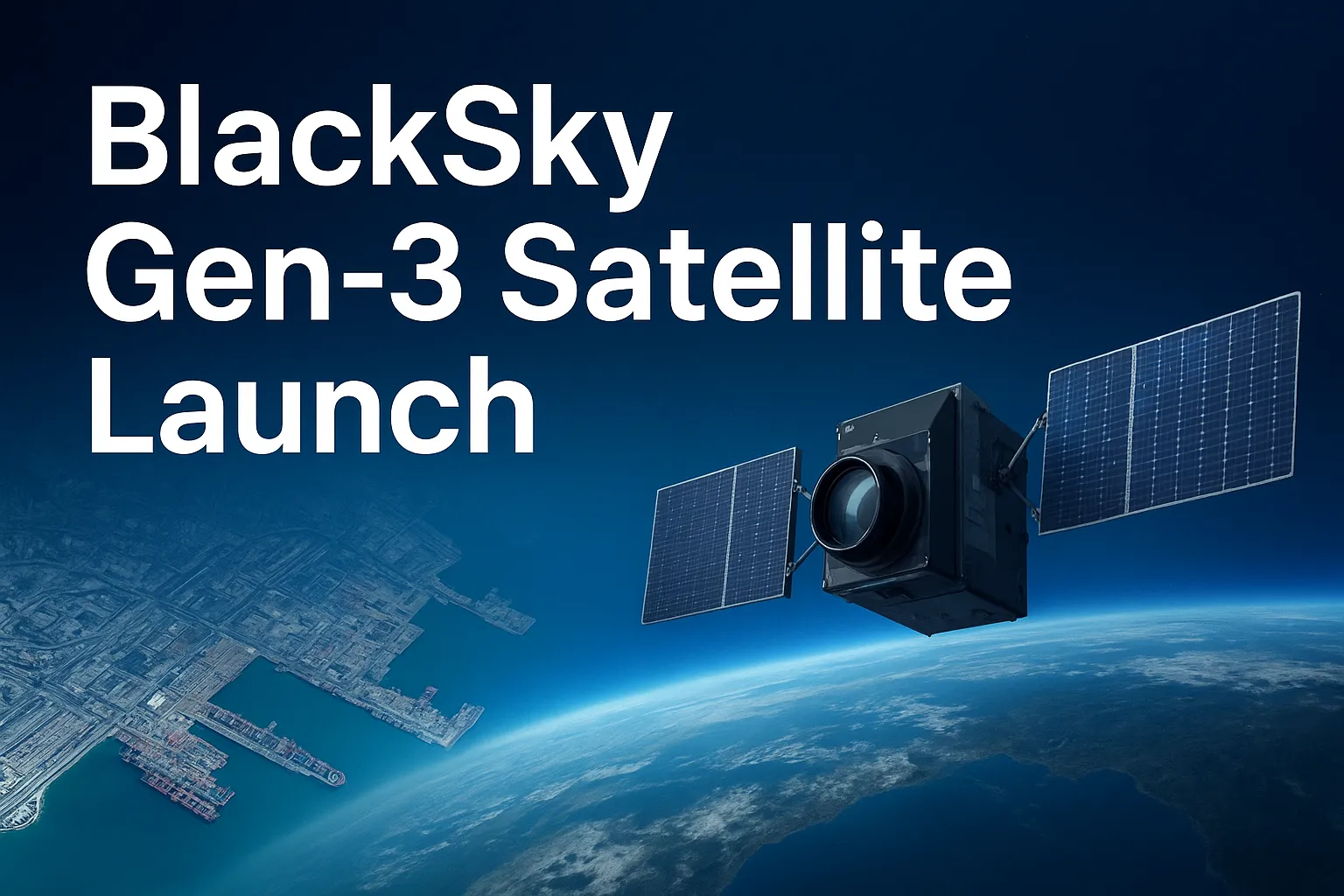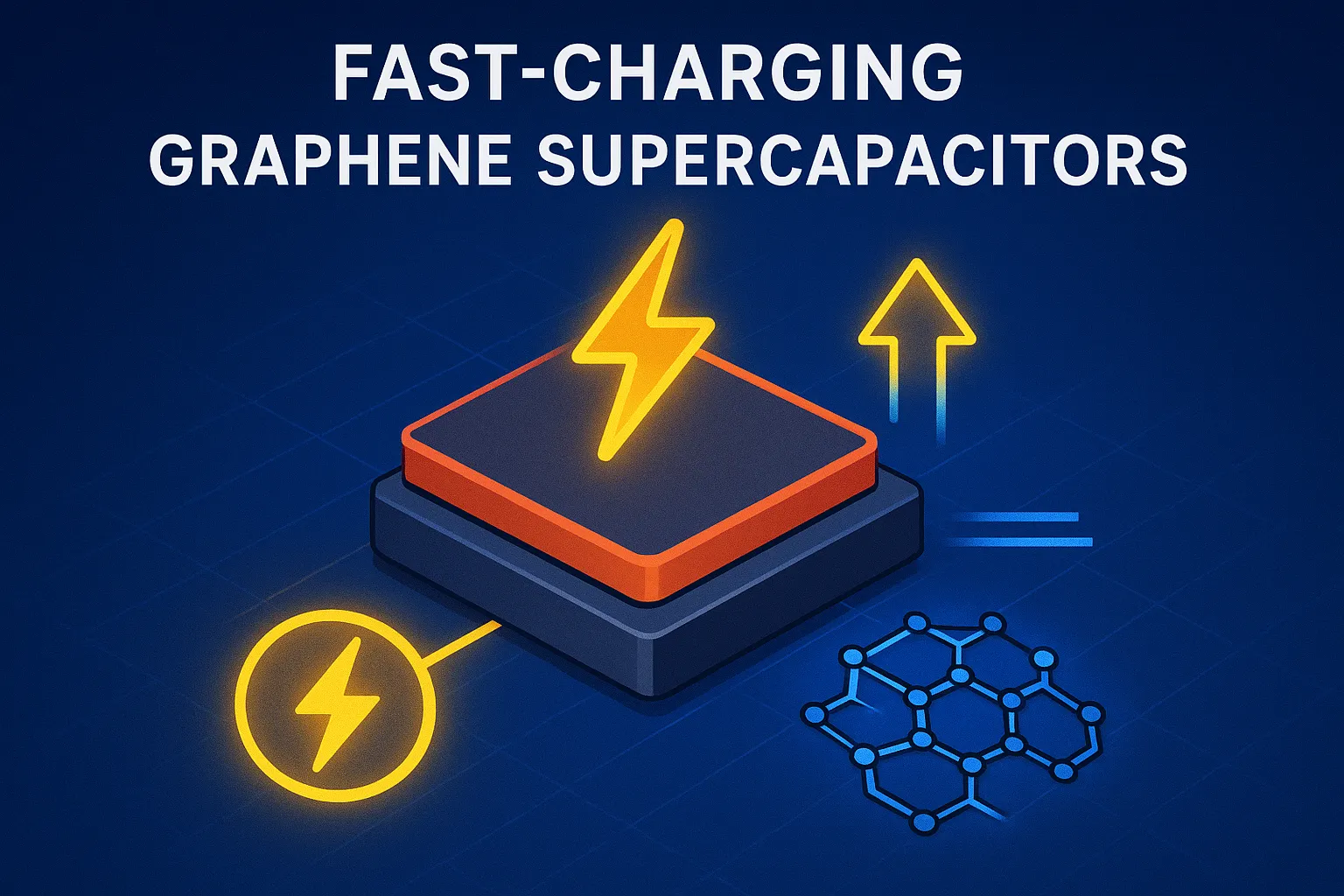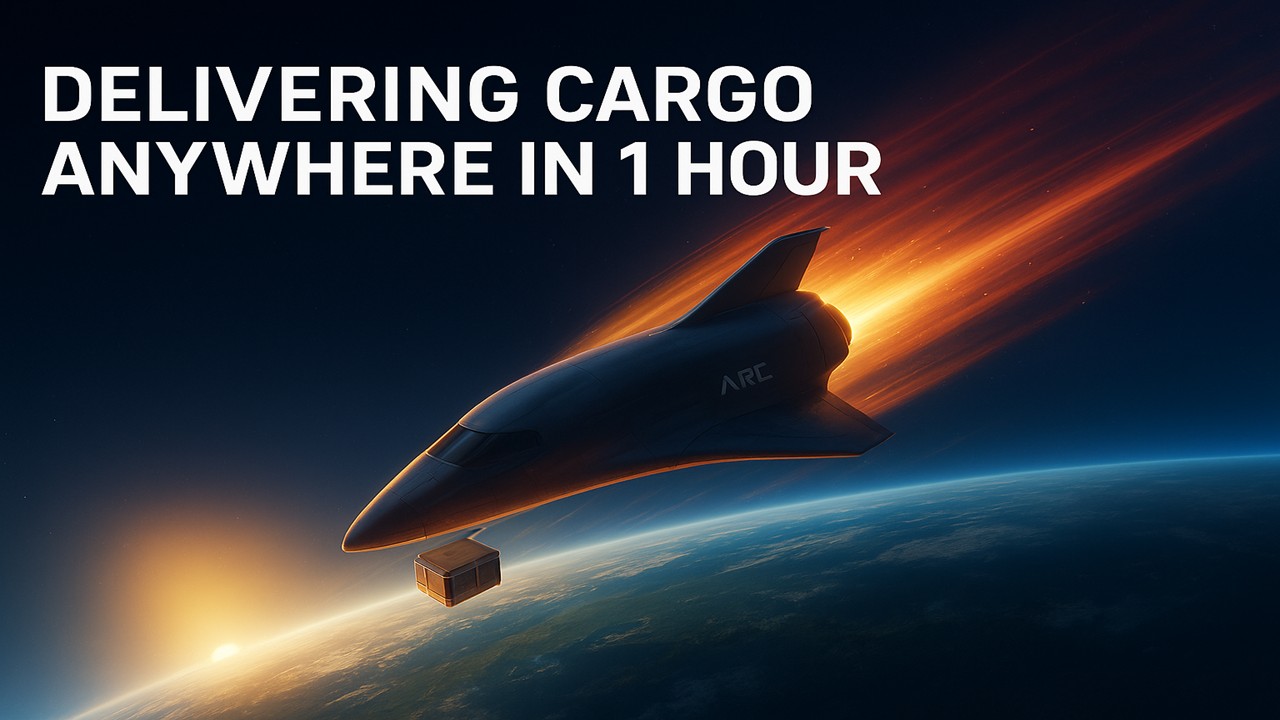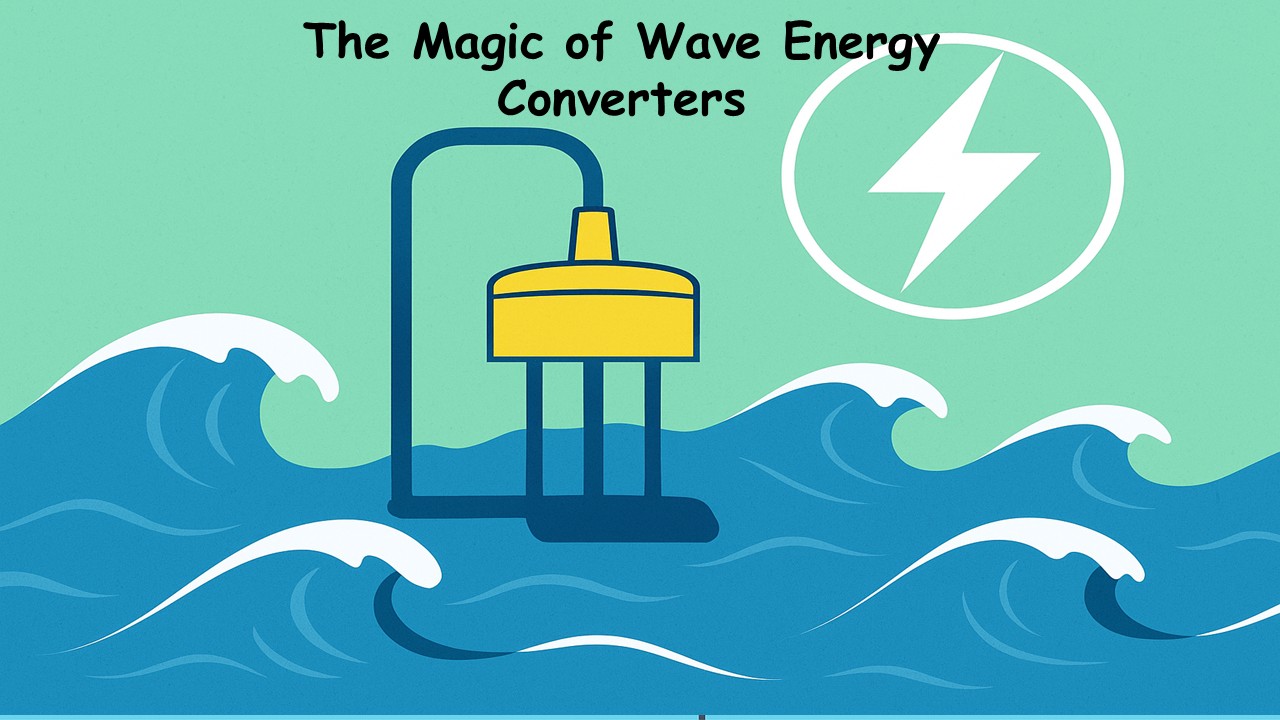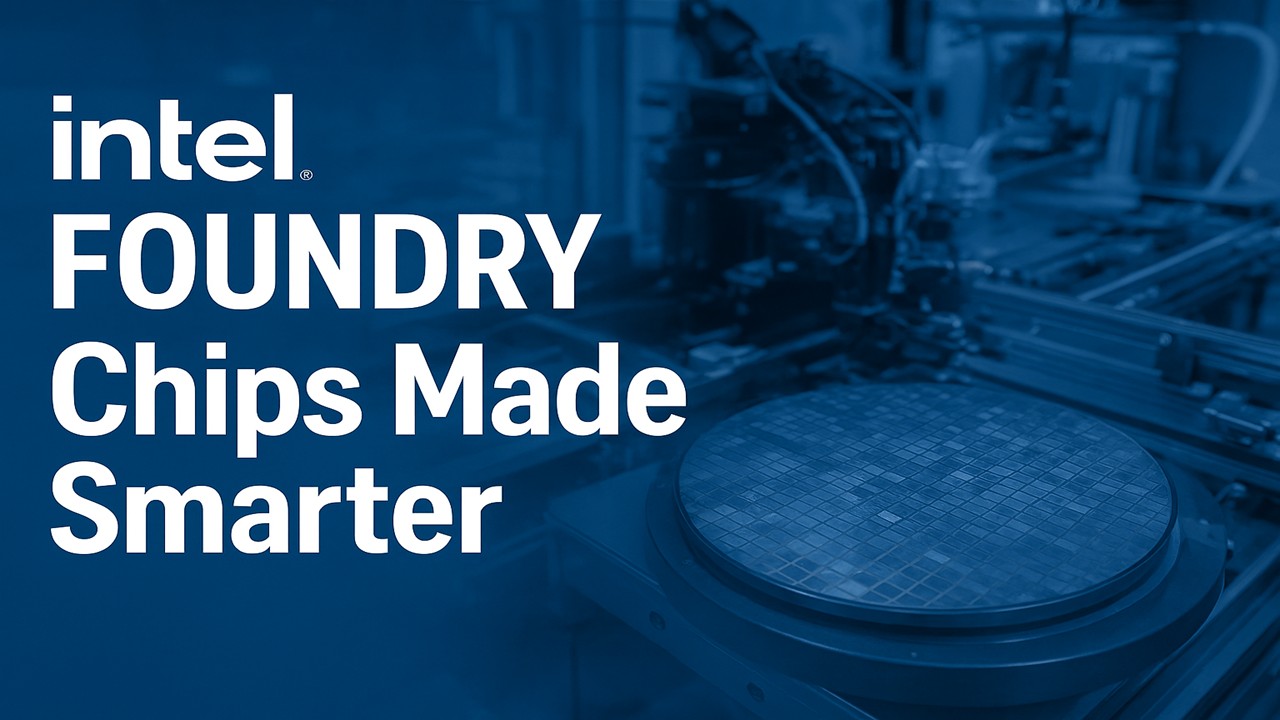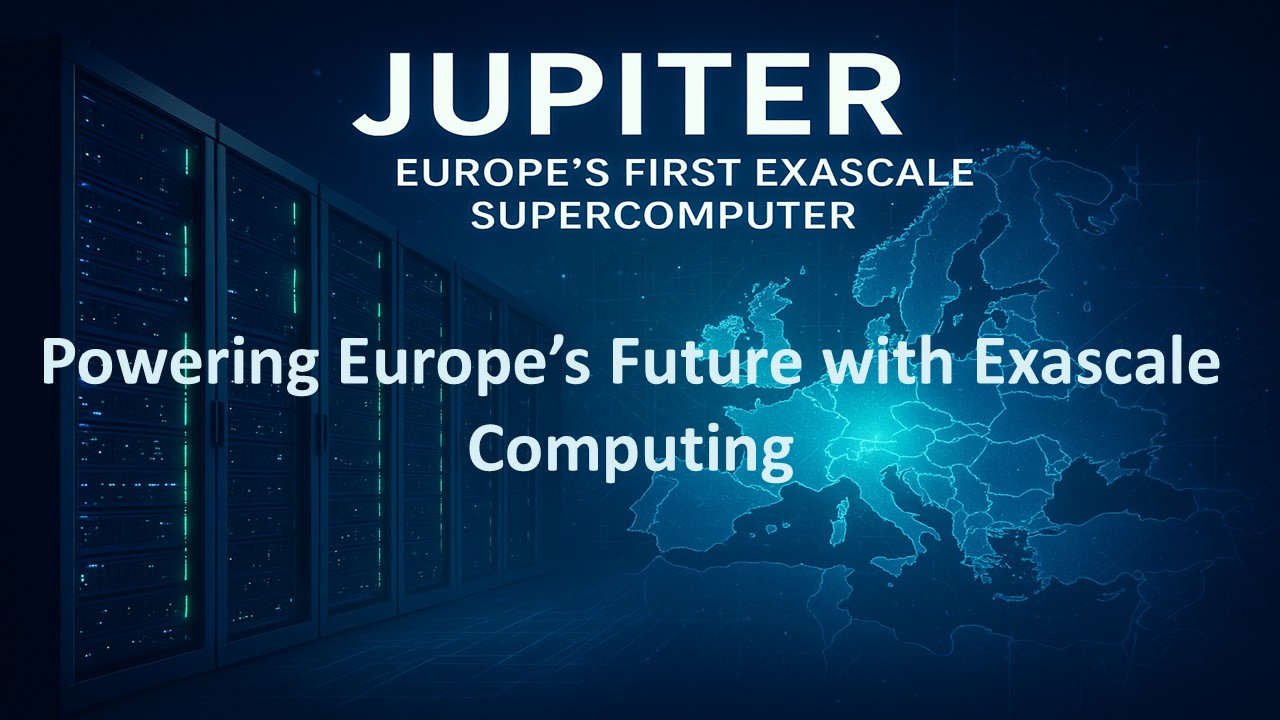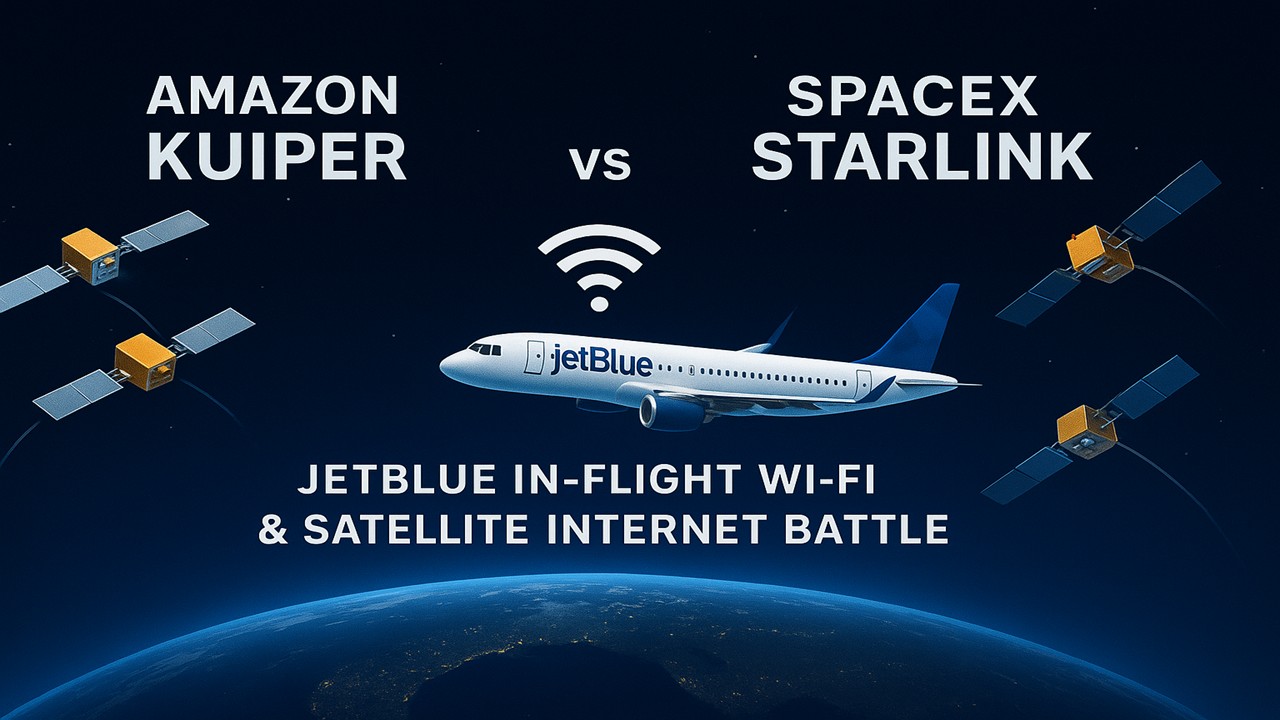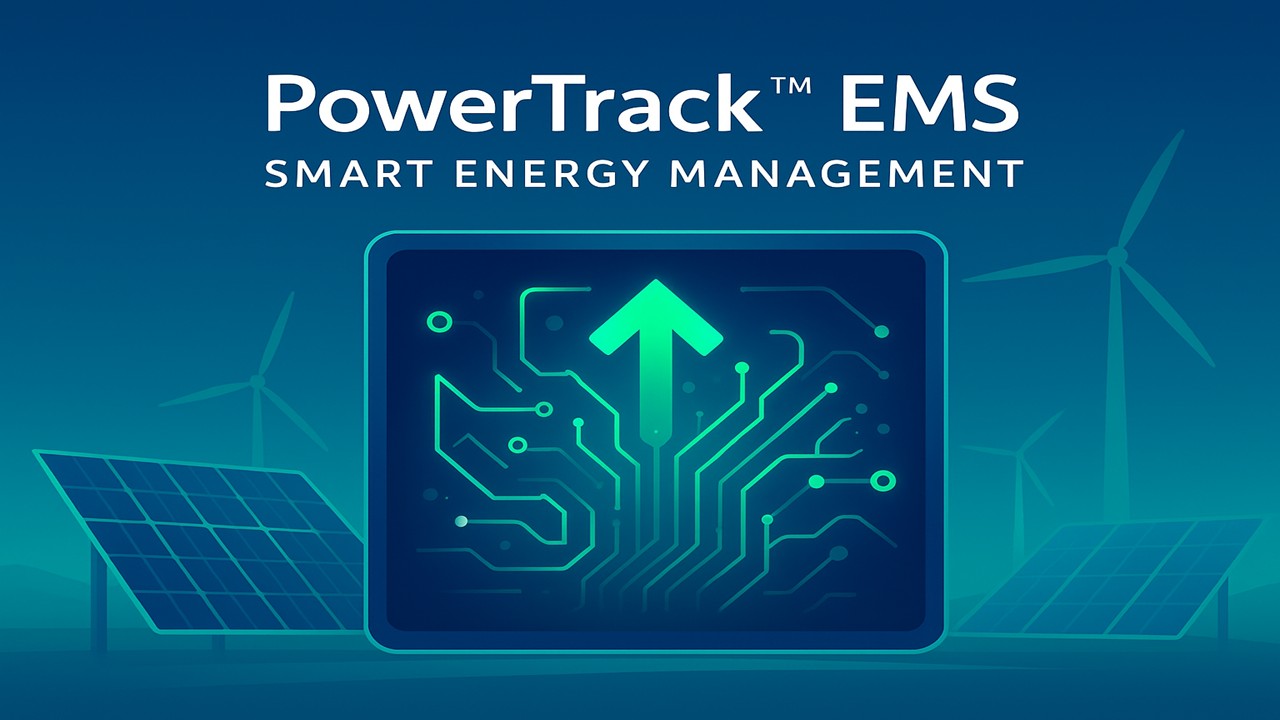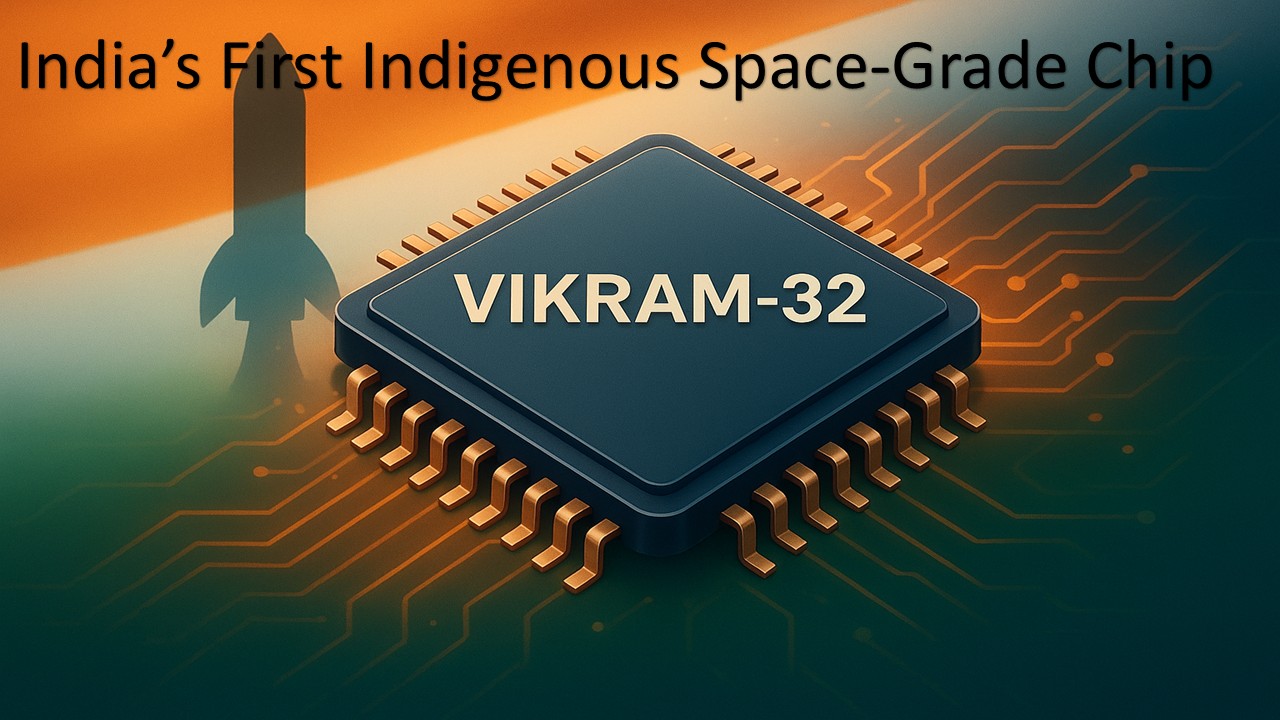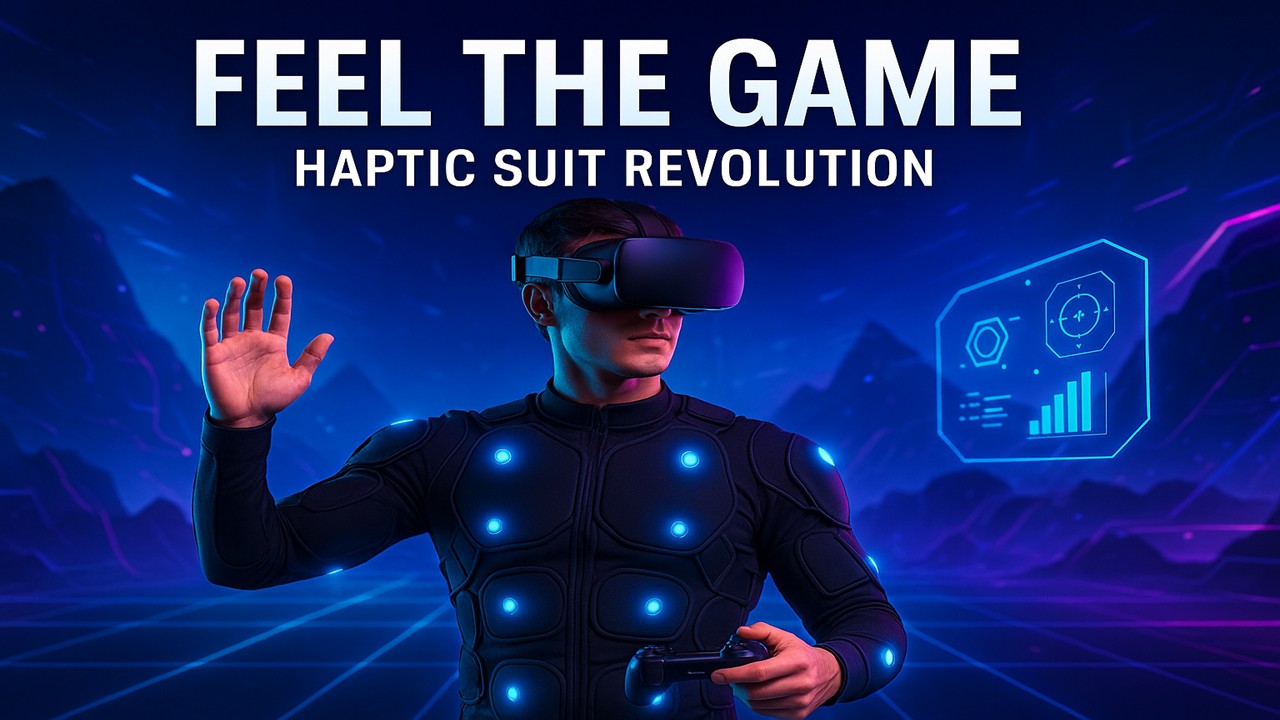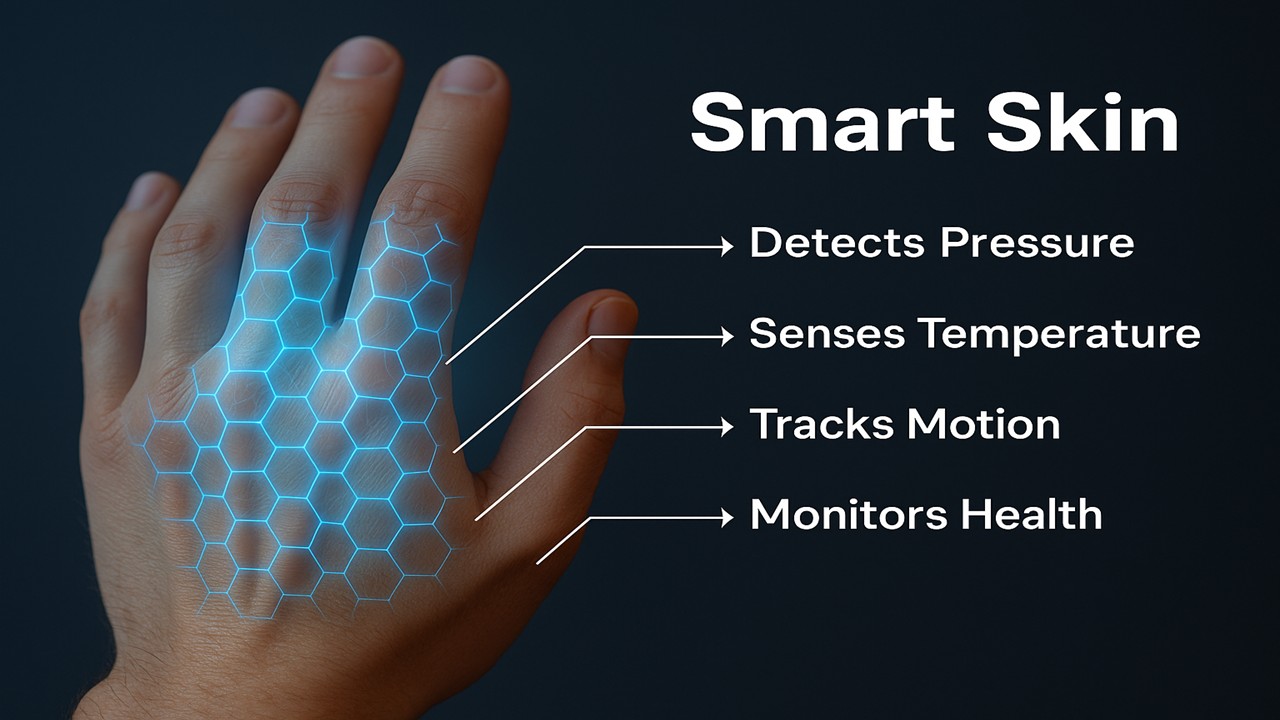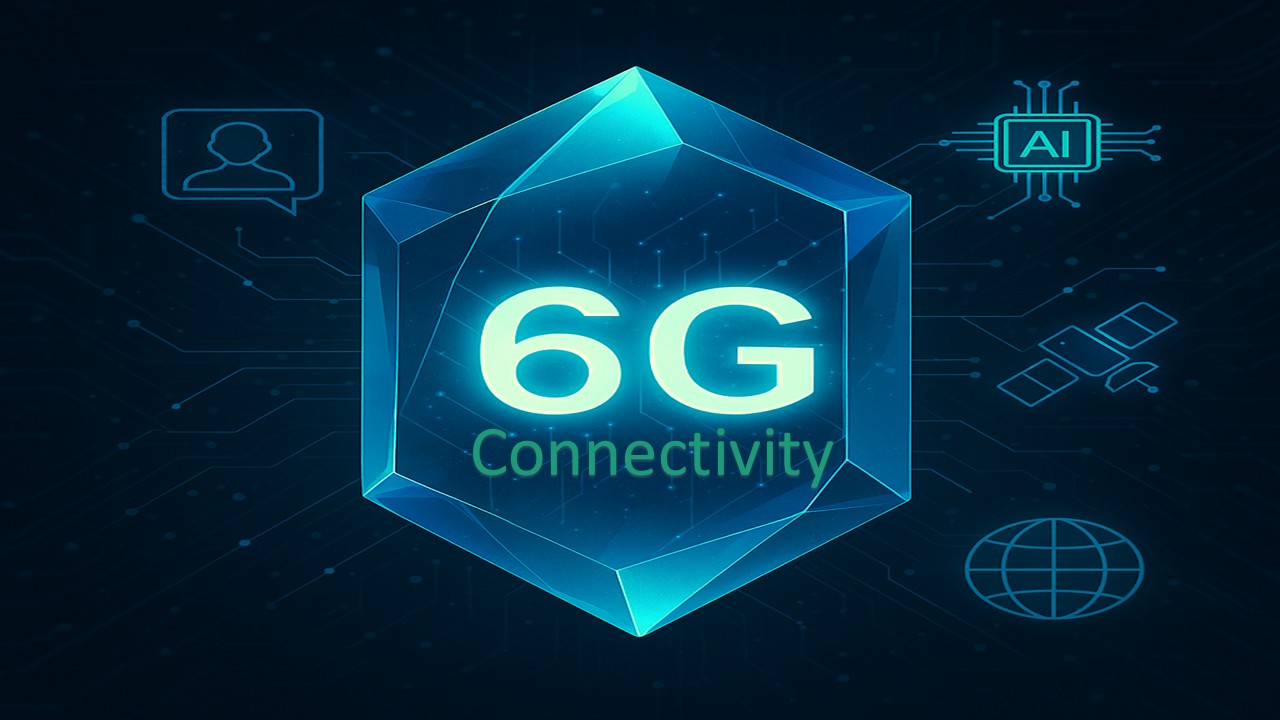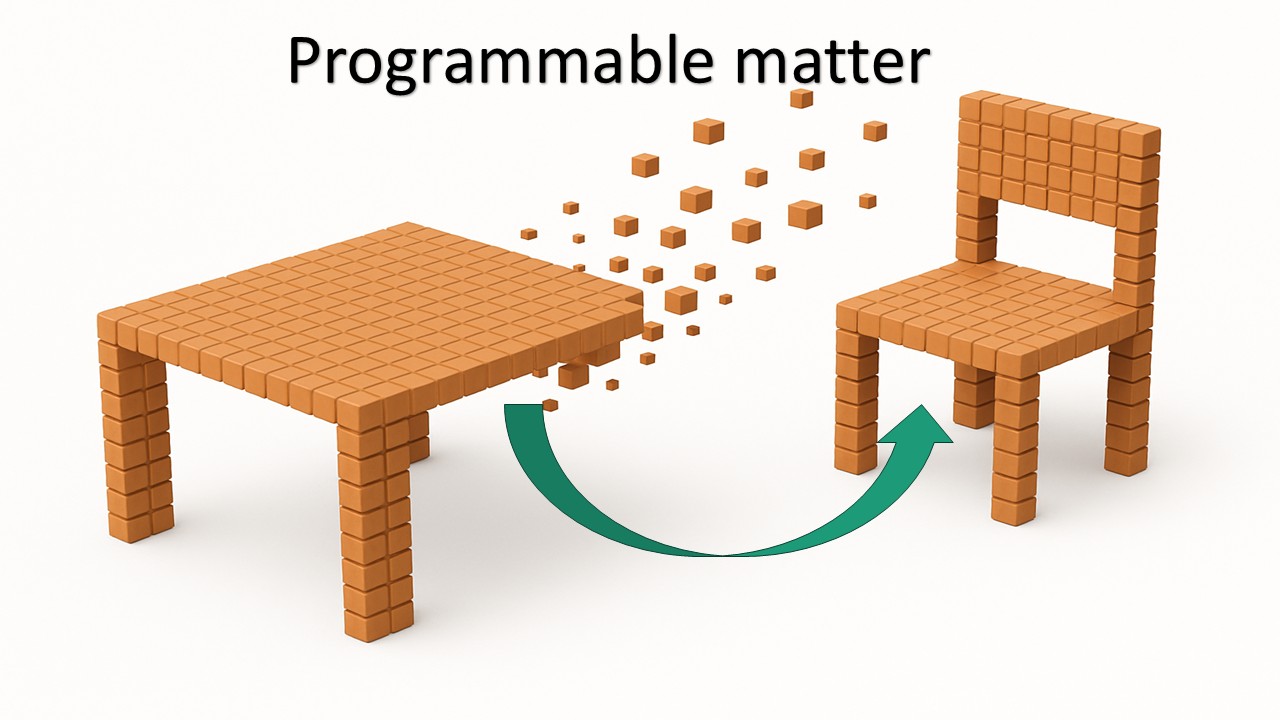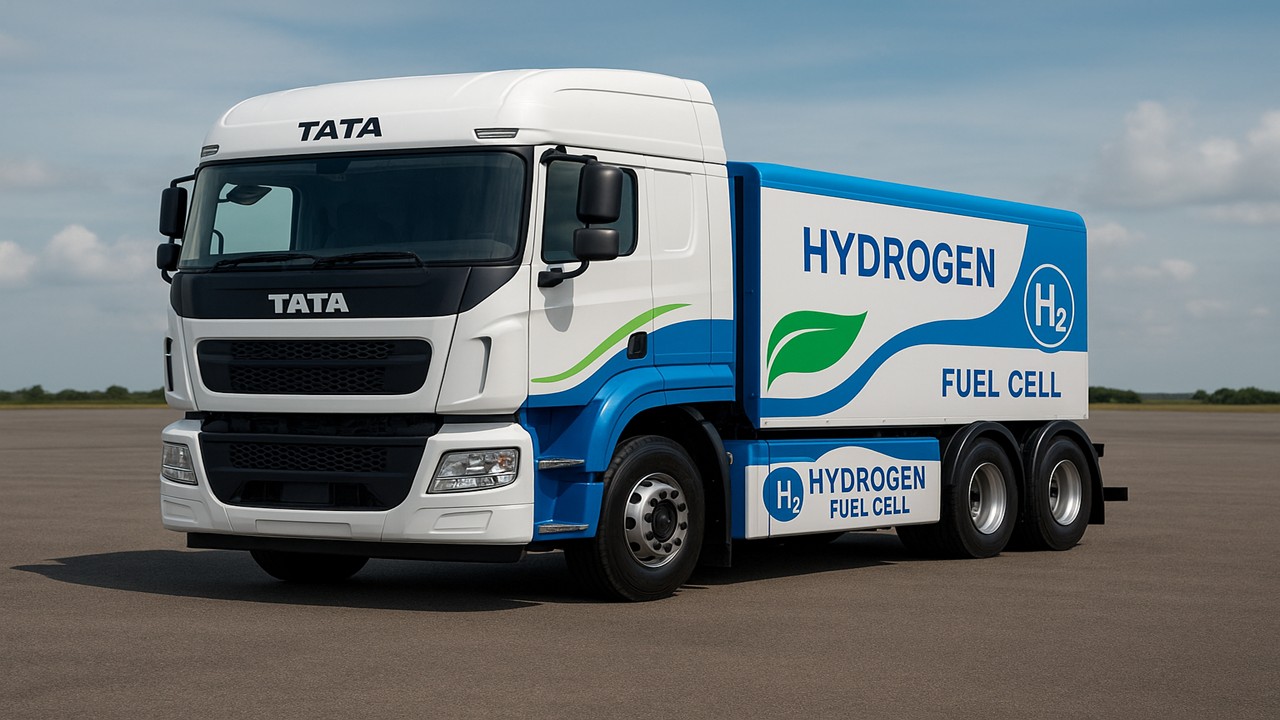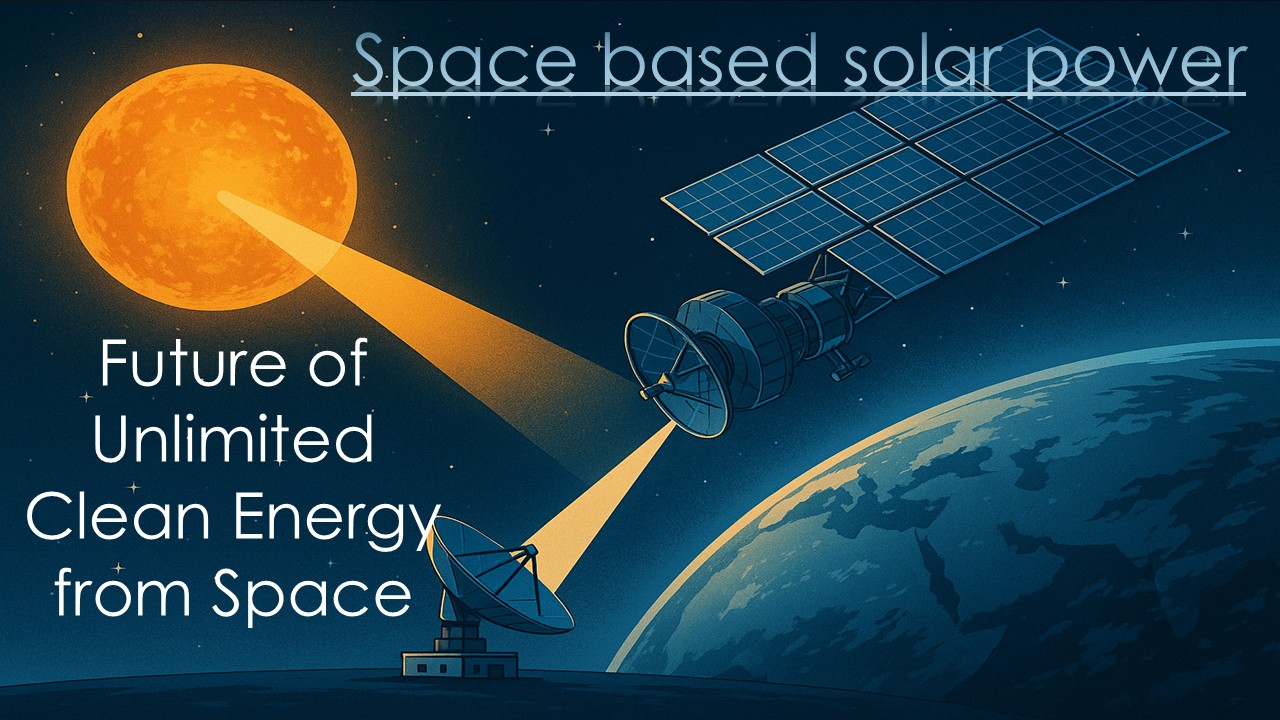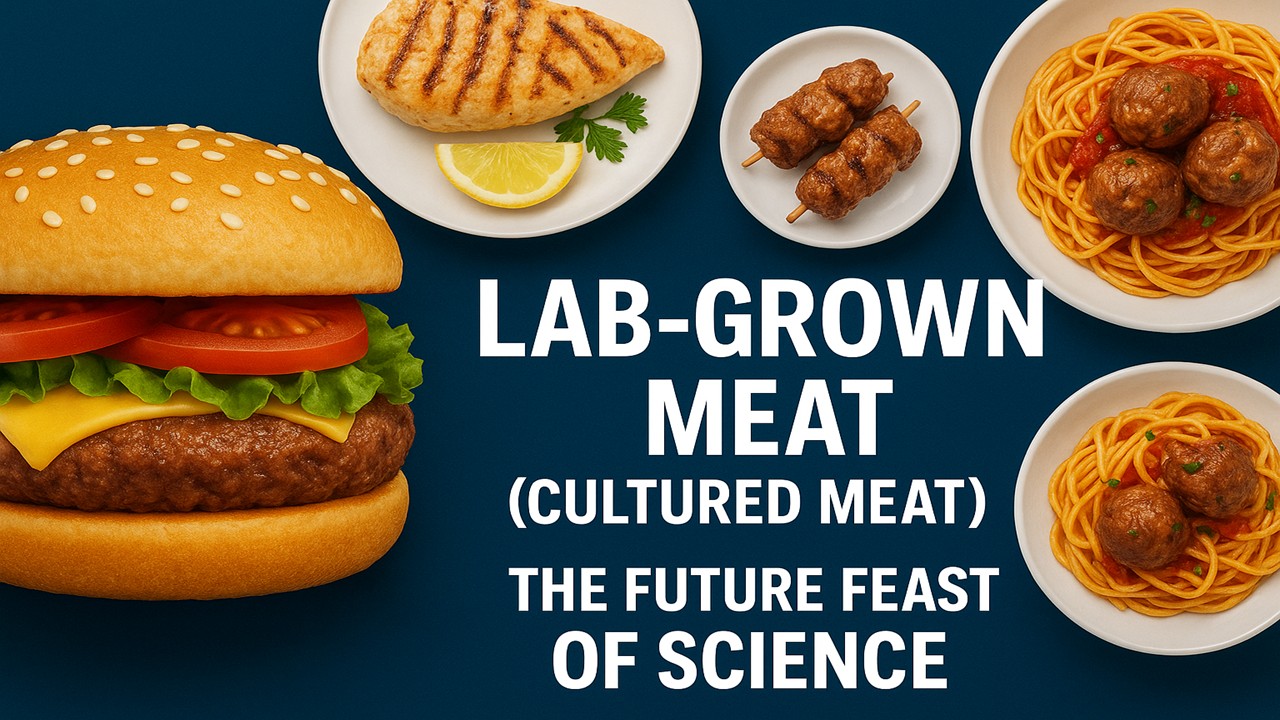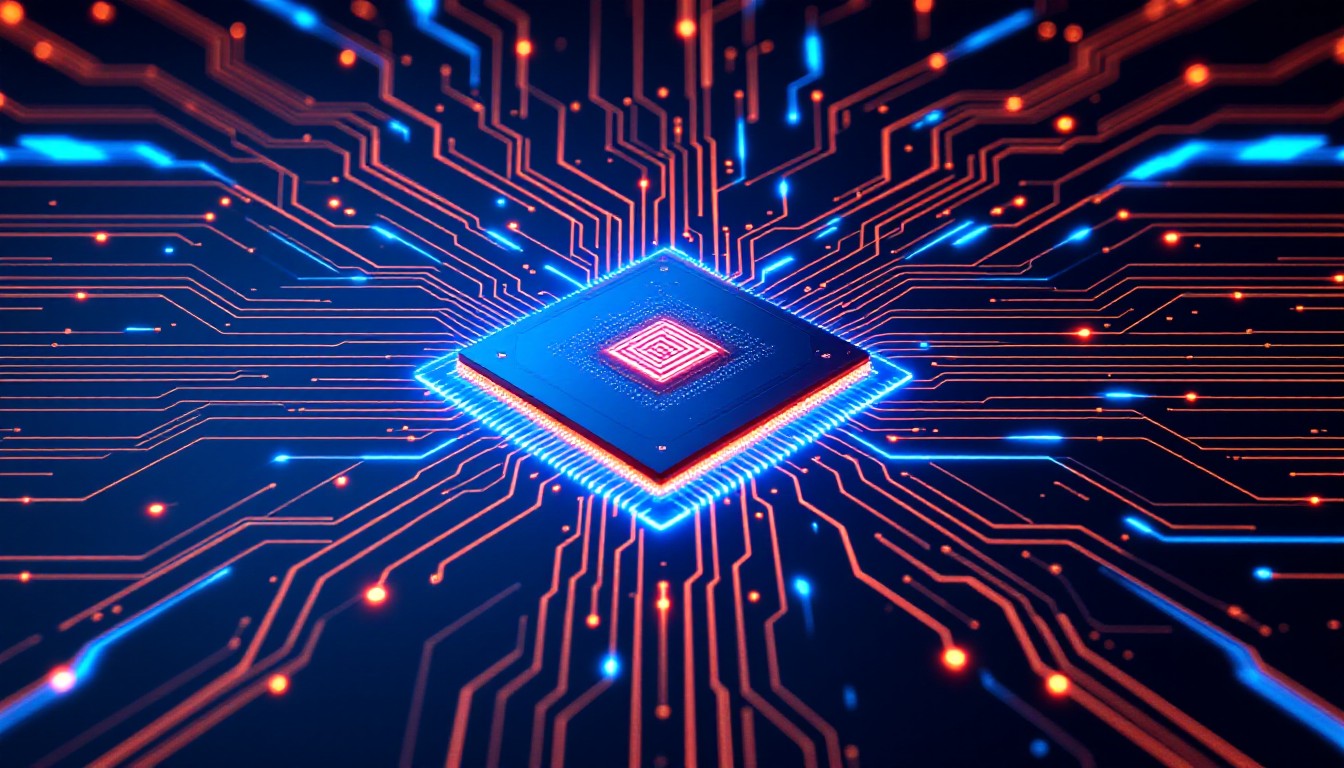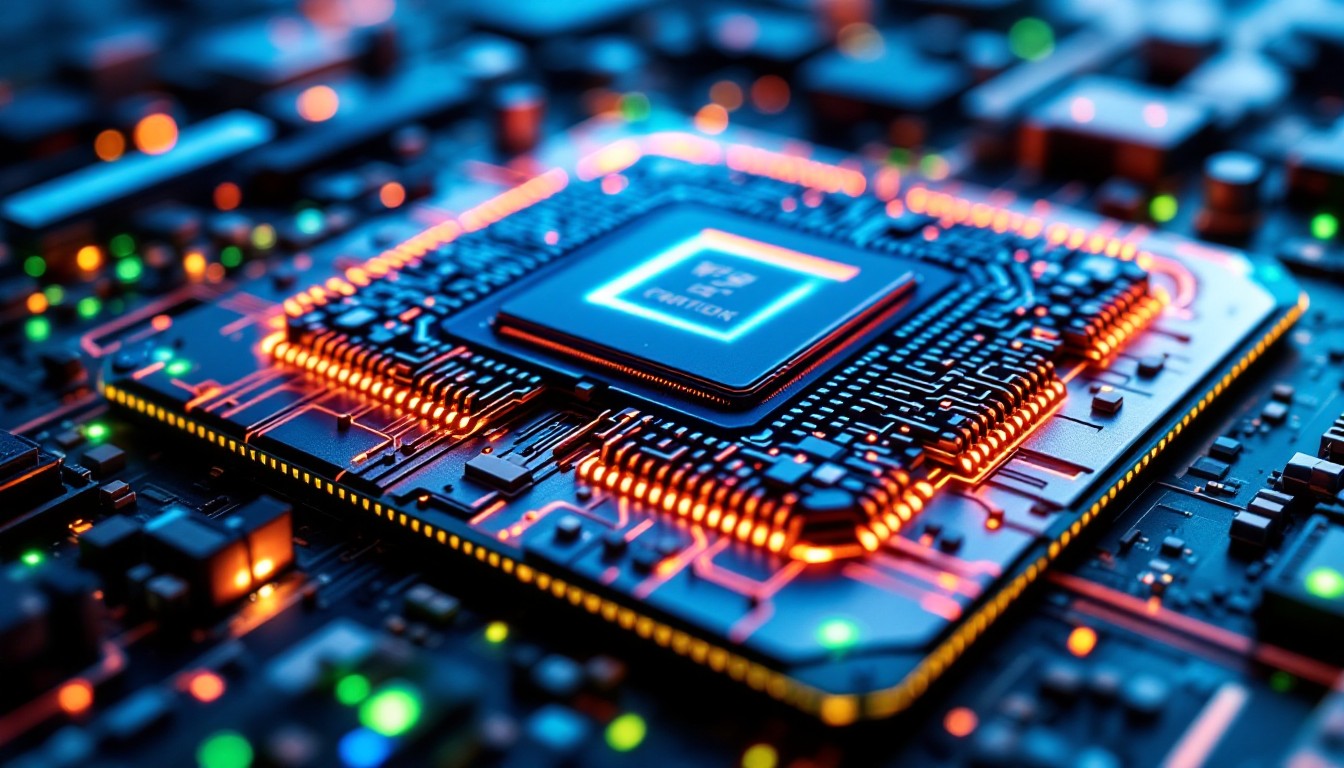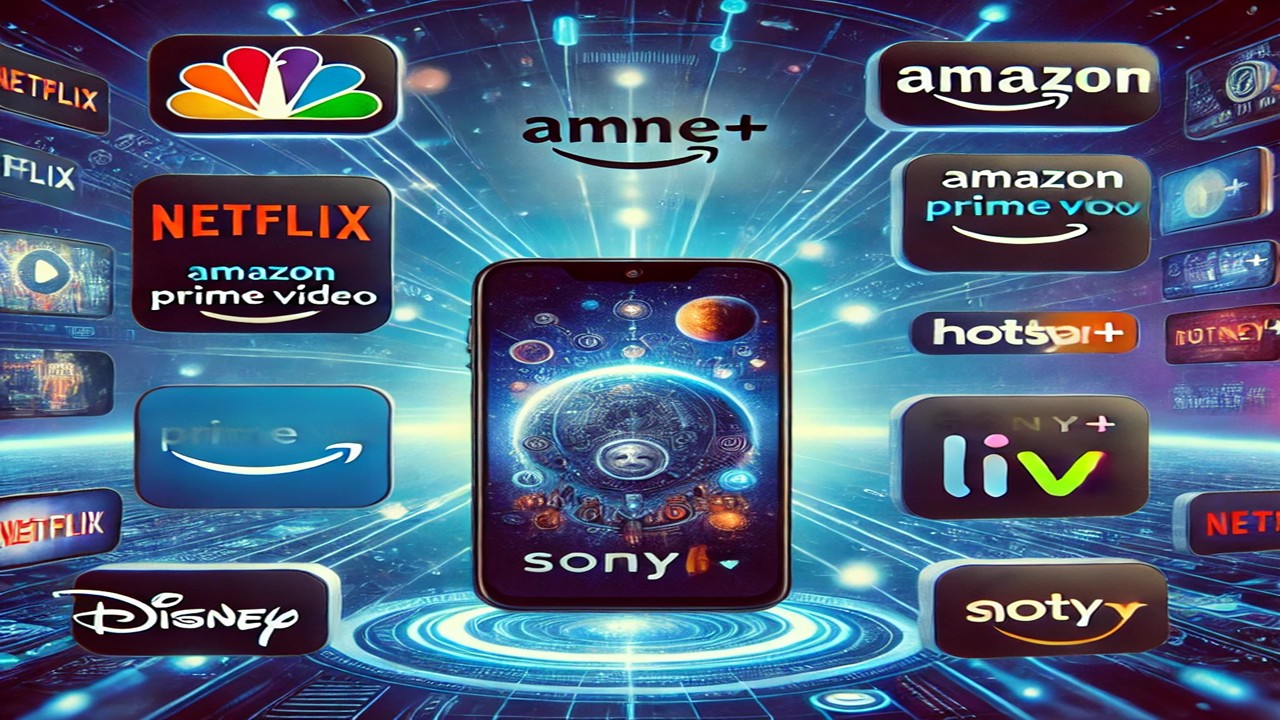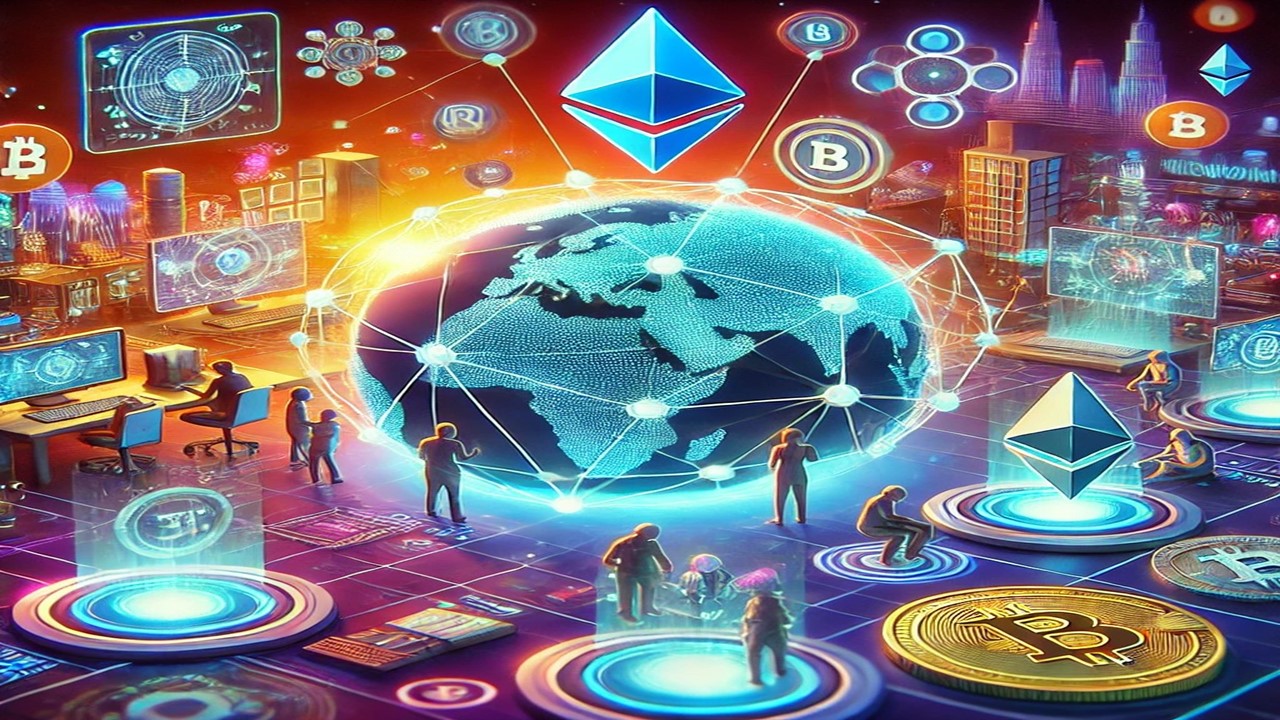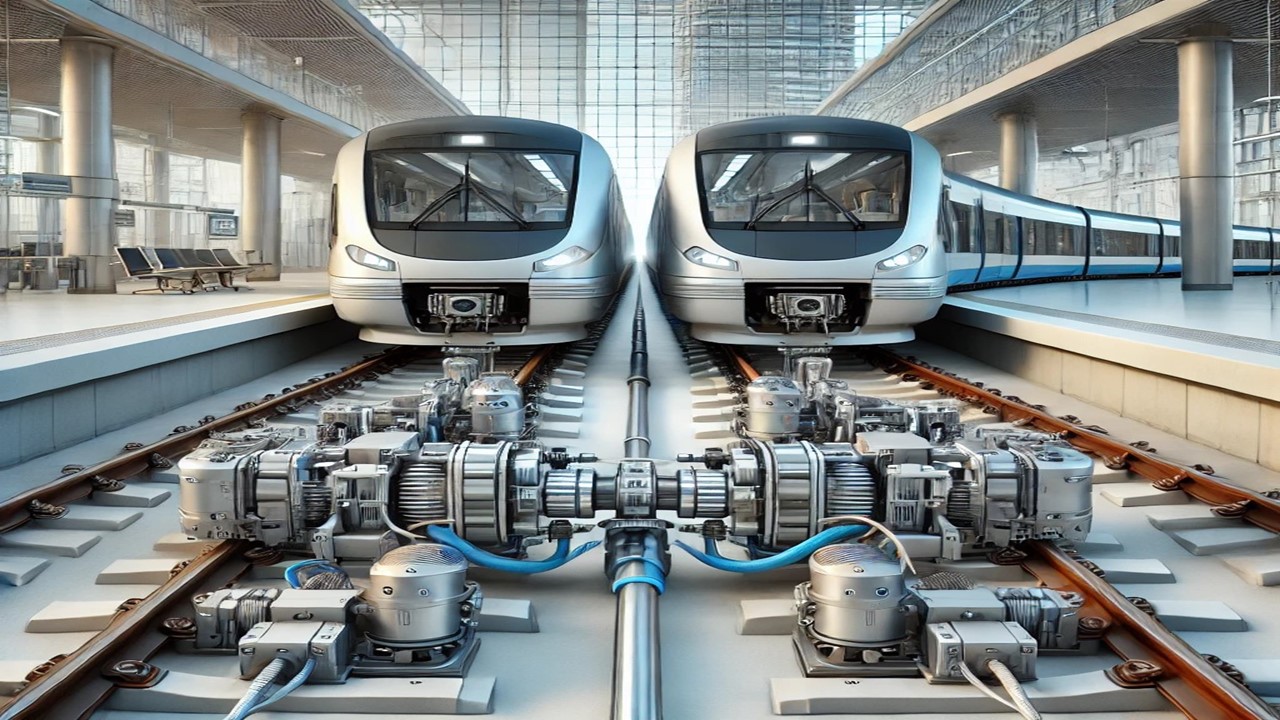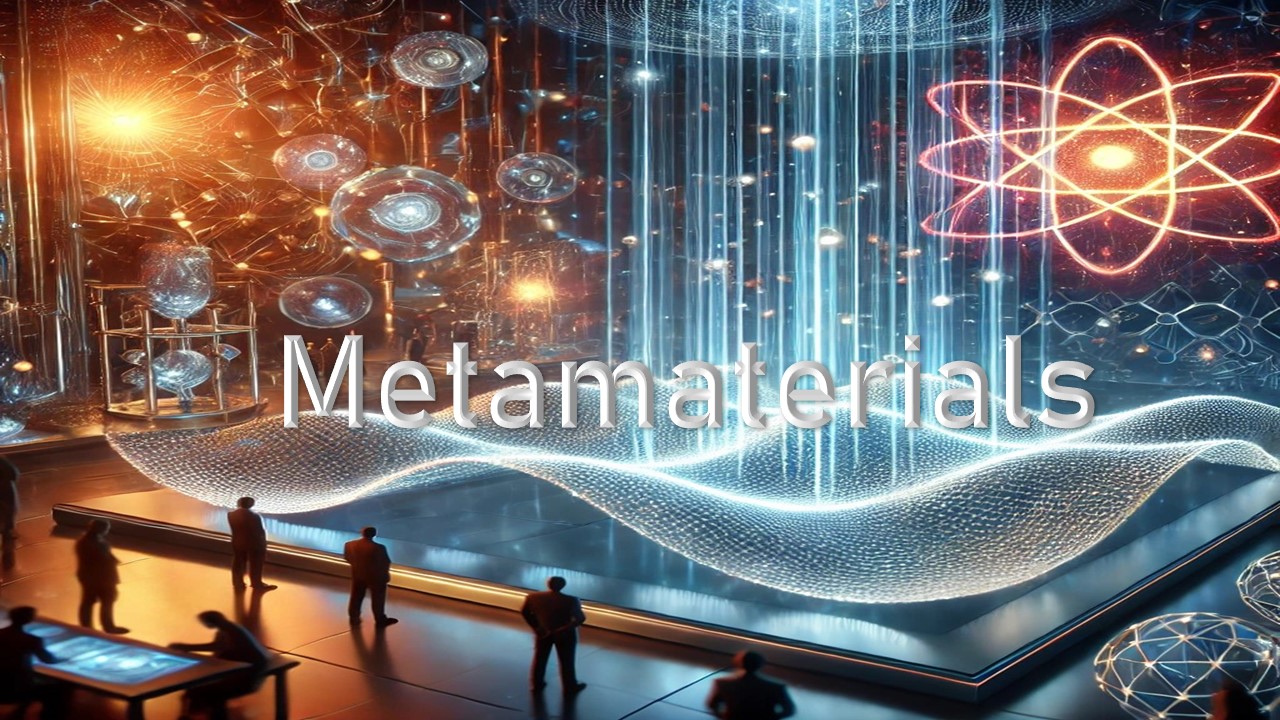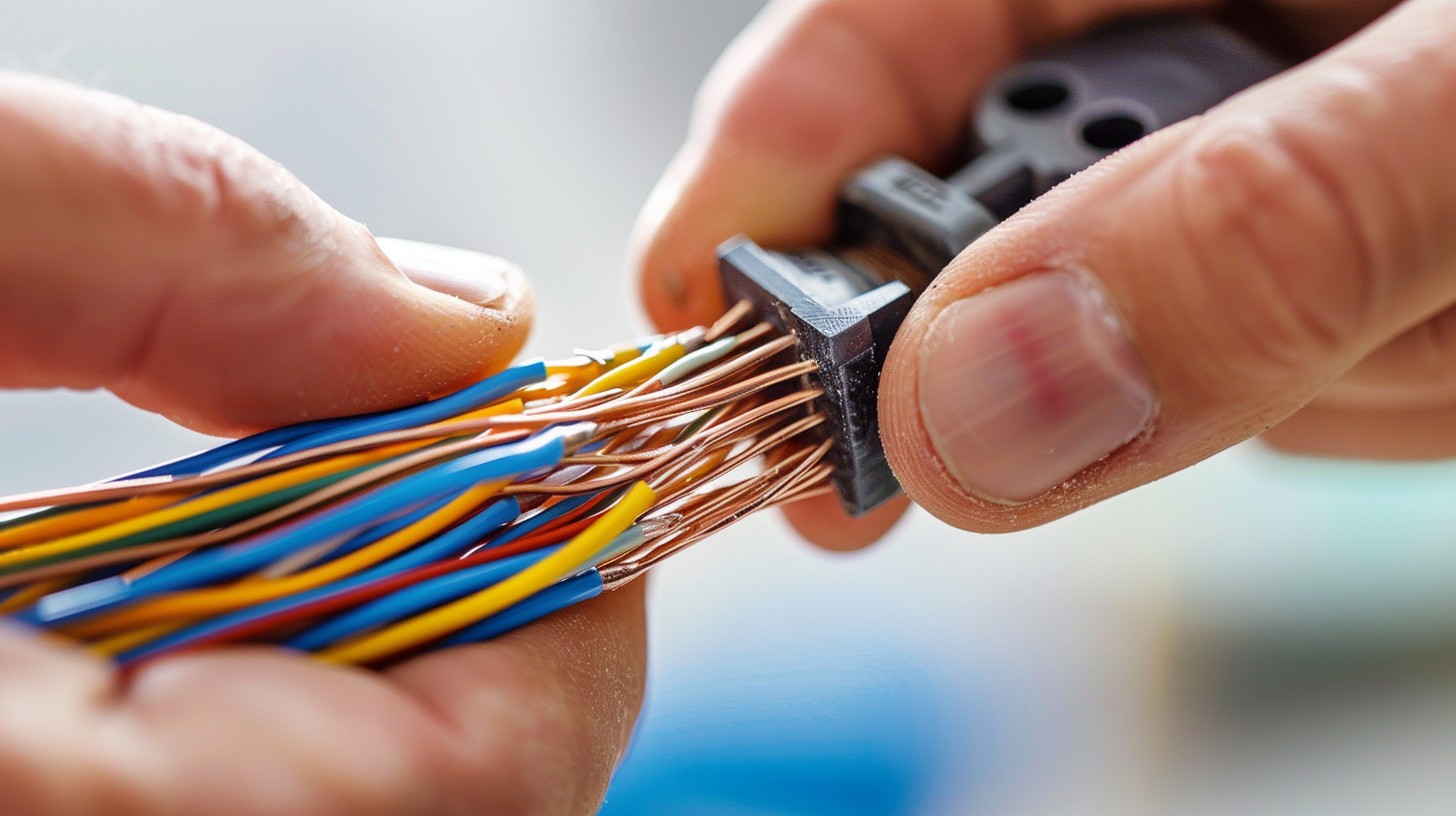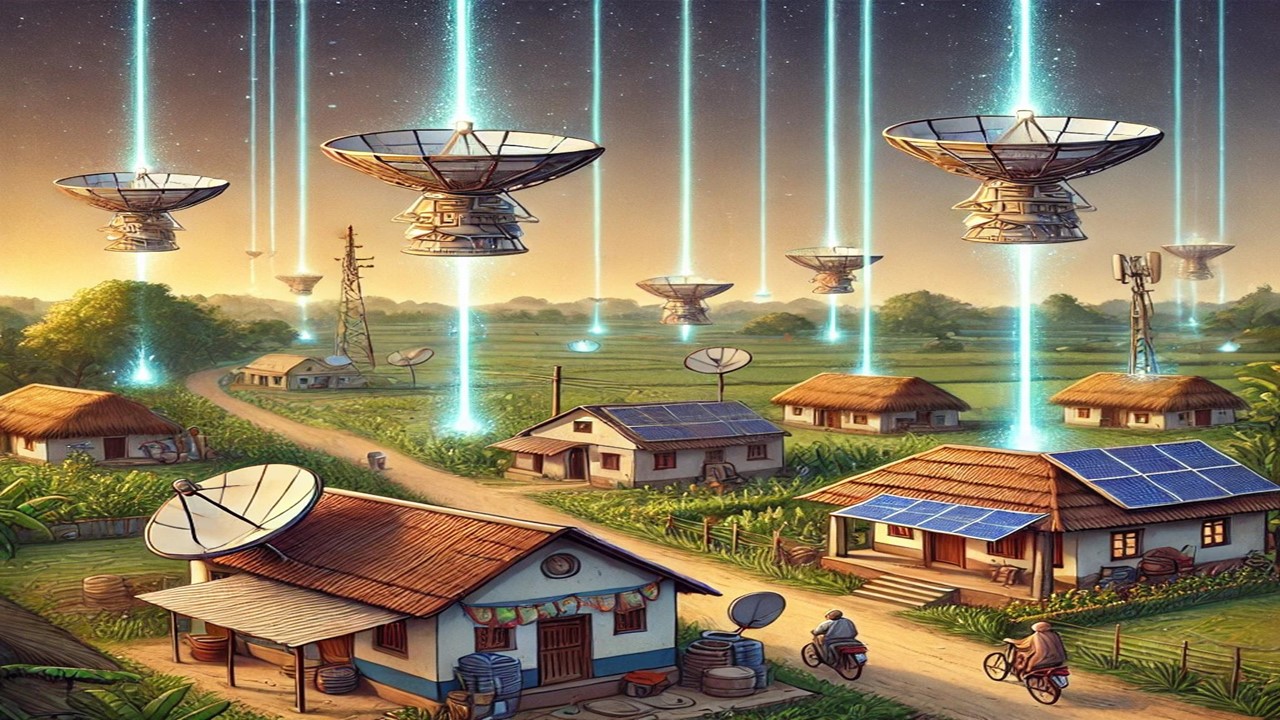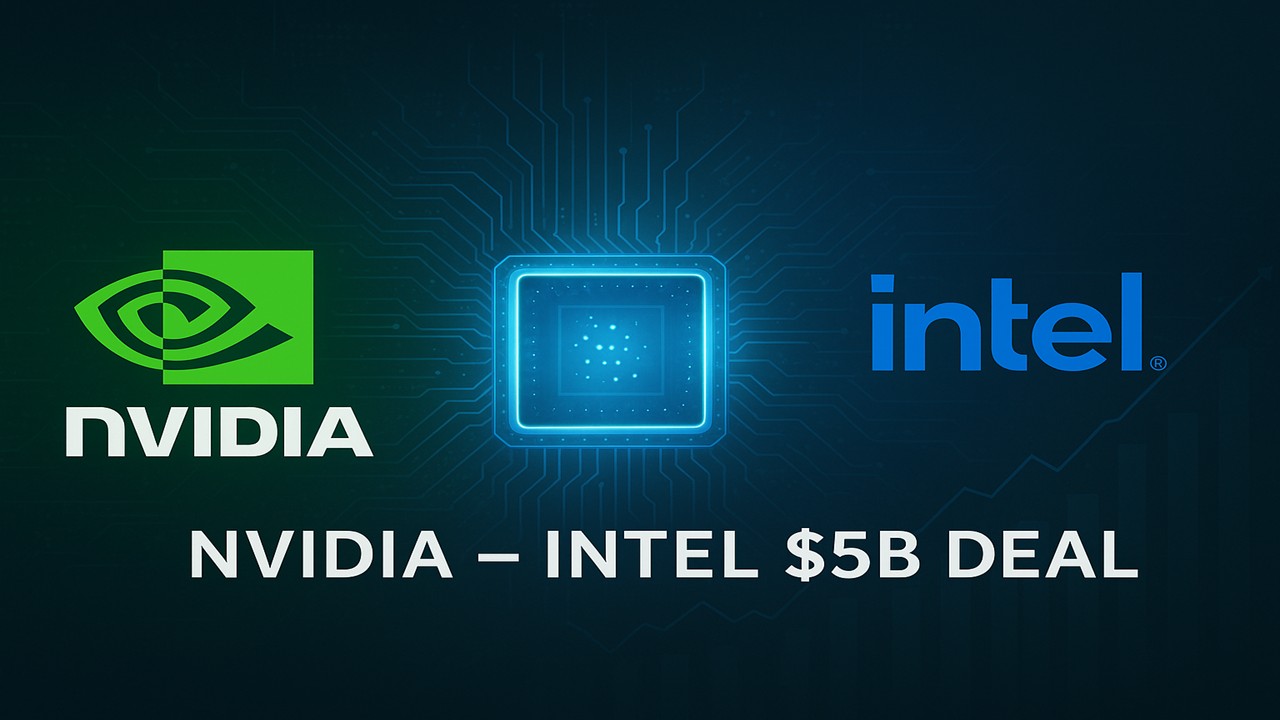
In a landmark move, Nvidia has announced a $5 billion investment in Intel, signalling a deep partnership between two companies that have long been rivals. The deal aims to jointly develop custom chips for data centers and personal computers (PCs) — a decision that could reshape the semiconductor industry.
Nvidia & Intel Deal Summary
Nvidia will purchase approximately $5 billion worth of Intel shares and collaborate with Intel to design custom x86 CPUs, system-on-chips (SoCs), and GPU chiplets. These products will be developed for both PC and server markets, offering next-generation computing platforms.
Why Now?
The surge in AI workloads and accelerated computing has changed industry dynamics.
- Nvidia dominates the AI GPU space.
- Intel, struggling to regain its footing, is betting on its foundry services and CPU legacy.
A partnership gives both companies a chance to leverage each other’s strengths and counter growing competition.
Benefits for Each Company
- Intel: Gains capital infusion, demand for its foundry and packaging services, and access to Nvidia’s powerful AI ecosystem.
- Nvidia: Gets deeper access to Intel’s x86 PC and server ecosystem, enabling tighter integration of CPUs and GPUs for faster AI and cloud computing platforms.
Technical Aspects
The collaboration will focus on:
- Custom Intel CPUs paired with Nvidia GPU chiplets.
- High-speed interconnects like Nvidia’s NVLink to improve CPU–GPU communication.
- Advanced packaging technologies to integrate heterogeneous computing components.
This integration is especially important for AI, cloud computing, and HPC (high-performance computing) workloads.
Foundry Implications
Traditionally, Nvidia relies heavily on TSMC for manufacturing. With this deal, Intel Foundry Services could become a key supplier. However, reports suggest TSMC may still remain a major partner for Nvidia’s advanced nodes. The move strengthens Intel’s ambitions to challenge TSMC in the foundry business.
Market Reaction
The market responded strongly:
- Intel stock surged nearly 20–23% following the announcement.
- Nvidia shares saw a modest uptick, reflecting investor optimism about the partnership’s long-term value.
Impact on Competitors
- AMD: Faces new pressure as Intel–Nvidia integration could challenge its combined CPU+GPU strategy.
- Arm Holdings: Investors showed concern, fearing the Intel–Nvidia alliance may weaken Arm’s role in future server and PC architectures.
- TSMC: Risks losing some Nvidia orders if Intel Foundry gains traction, though it remains central to Nvidia’s roadmap for now.
Geopolitical Angle
The deal also has strategic and geopolitical undertones. While Nvidia CEO Jensen Huang clarified that the White House was not directly involved, U.S. policy emphasis on domestic chip manufacturing is seen as a supportive backdrop. Governments worldwide are pushing for stronger local semiconductor supply chains, and this partnership aligns with those priorities.
Risks and Challenges
- Regulatory approval — Competition watchdogs may scrutinize the partnership.
- Supply-chain complexity — Coordinating between Intel, Nvidia, and TSMC will be challenging.
- Technical hurdles — Achieving seamless CPU–GPU integration at chiplet level requires breakthroughs in packaging, thermal management, and software.
- Competitive response — AMD and other players may counter with aggressive pricing or new alliances.
Global & Indian Impact
- Cloud service providers could benefit from faster, cheaper AI platforms, indirectly helping Indian businesses relying on AI-driven cloud services.
- For India’s emerging semiconductor ecosystem, the deal highlights opportunities in chip design, testing, and packaging services, though direct manufacturing benefits remain uncertain.
Outcome
The Nvidia–Intel alliance marks a historic shift in the chip industry, where two rivals have joined hands to tackle AI-driven demand and supply-chain challenges. If successful, it could redefine computing platforms for PCs and data centers alike. While risks remain high, this $5 billion bet shows that in the fast-changing semiconductor world, even fierce competitors may need to collaborate to stay ahead.
Sources: Nvidia press release , Reuters reports




